With the Special School Eye Care Programme gaining pace, the first article in this series focused on understanding the epidemiology and ocular associations of the most common conditions associated with children with learning disabilities (Optician 12.06.2020). In part two, we looked at assessment techniques (Optician 21.08.20).
As children with learning disabilities are 28 times more likely to have eye or vision problems compared with children without a learning disability,1,2 it is vitally important to follow up the pivotal first step of the ophthalmic assessment. There are, among this cohort, significant numbers of children with cerebral visual impairment (CVI); a visual function deficit caused by damage to the retro-chiasmal visual pathways in the absence of any major ocular disease. It is the most common reason for unavoidable visual impairment in children in the developed world and may also be referred to as brain-based visual difficulties or visual processing disorder.2
The elevated risk of ocular and visual problems is compounded by both communication difficulties and diagnostic overshadowing, behaviours caused by visual problems being mis-attributed to a learning disability. In turn, this leads to further risk of significant undiagnosed and untreated visual problems and ultimately marked inequalities in the provision of eye health care.
This final article focuses on recommended outcomes of the visual assessment including the fitting of spectacles, timely referral and other interventions and outcomes. The role of the primary eye care team remains pivotal in ensuring everyone involved in a child’s education, health and care understands his or her visual abilities, needs and limitations. This will enable ongoing appropriately tailored support and interventions.
Outcomes of Ocular Assessments
Correcting refractive error
Refractive error is the most prevalent visual deficiency observed within the special school population (figure 1). In a large study of the special school population, 12.9% (n=122) of students were prescribed spectacles for the first time and, overall, spectacle correction was needed for 31.5% (n=299) of pupils.3 Within this cohort, the prevalence of myopia (defined as that greater than -0.50DS in either eye) was almost double the prevalence in the general population of children, at 11.7%.4 Both significant uncorrected high myopia (greater than -6.00DS) and pathological myopia (defined as greater than -13.00DS) were detected at a higher incidence in primary and secondary age children in special schools than in the general population.
 Figure 1: Refractive error is the most prevalent visual deficiency observed within the special school population
Figure 1: Refractive error is the most prevalent visual deficiency observed within the special school population
Similarly, more than three times the prevalence of mild hypermetropia (≥+2.00DS in either eye) was detected among pupils within the special school cohort; 15.2 % compared to 4.7% in the overall childhood population.
Astigmatism was defined as ≥1.00DS in either eye and present in isolation or co-existing with myopia or hyperopia. This was measured in 28.6% of pupils, nearly double the 14.9% prevalence in the overall childhood population.4
There is also a significant incidence of reduced accommodation in special school children. This requires the prescribing of lower hyperopic corrections that cannot otherwise be overcome, as well as the prescribing of a separate near correction.
A total of 96.3% of children within special schools had their spectacles fitted in school,3 highlighting the pivotal value of spectacle dispensing in a special school’s eye care service. The dispensing optician is integral to the multidisciplinary team for an eye care plan that enhances a child’s quality of life (figure 2). Supporting the eye examination proves to be a smooth transition to the dispensing optician’s success with frame selection, measurement and ongoing fitting and comfort, all of which can be challenging.
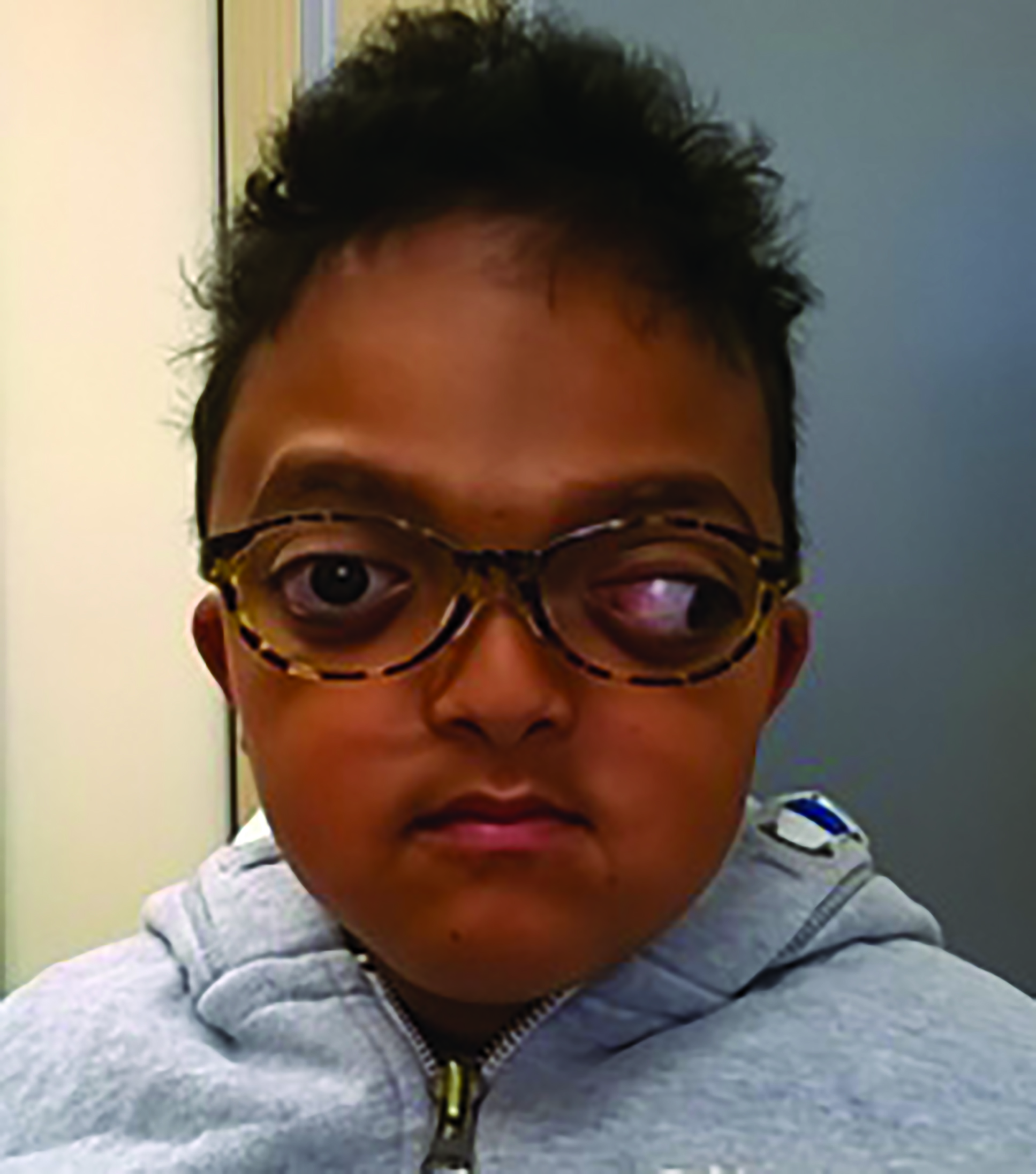 Figure 2: The dispensing optician is integral to the multidisciplinary team for an eye care plan that enhances a child’s quality of life (image courtesy of Jessica Gowing, Great Ormond Street Hospital)
Figure 2: The dispensing optician is integral to the multidisciplinary team for an eye care plan that enhances a child’s quality of life (image courtesy of Jessica Gowing, Great Ormond Street Hospital)
While correcting this significantly higher incidence of refractive error is the first priority, the role of the dispensing optician ideally should extend to support successful and ongoing wear of prescribed spectacles. Detection of refractive error is just the preliminary to the vital support required for a child to keep their spectacles on. Significant uncorrected refractive error can mean a child is visually impaired in a functional sense, impairing their social, emotional and behavioural development and access to visual elements of their specialised education. Crucially a child may be unable to communicate poor vision if they are non-verbal.
Support with wearing spectacles
Correcting refractive error transforms the visual environment of a child, enabling them to develop their skills and gain confidence in moving around and understanding their environment. A good level of visual acuity is essential for learning, participation and most specifically for feeling safe. However, both constant support and adaptation time are pivotal to a child’s acceptance and tolerance of a change to their visual environment.
A range of activities a child likes is much more favourable to introduce and encourage spectacle wear. Initially, this may serve as just a reminder to wear the spectacles; and often they may be shrugged off even before they are on. For children with learning disabilities, spectacle dispensing should be considered as a proactive therapy. To illustrate; a proactive therapy like patching would not be prescribed without a plan for any follow up. Within the Special Schools Eye Care Service model, dispensing opticians will have a caseload of children who they follow up routinely until they have achieved successful spectacle wear. Perseverance and patience are key to this early stage of spectacles wear, with repeated instructions to support teachers and teaching assistants to repeatedly encourage use of the spectacles ‘little and often’. All children prescribed spectacles for the first time, or given a significantly altered prescription, will be booked in for a follow up, Indeed, we strongly recommend a similar approach in all primary care.
Reasons for the initial rejection of spectacles are many. Prescriptions are often high power, and adaptation is compounded by any delay in the initial detection of significant refractive error in children with learning disabilities. Tactile sensitivity issues result in poor tolerance of spectacles. This is especially so for children with autism. Sensory processing issues can make adapting to a hugely different perception of the world overwhelming.5 For many children with a learning disability, their processing will be slower and adaptions to the changed perception will be more challenging and take longer.6,7
Of course, ensuring optimal comfort is vital to successful adaption and so fit should be carefully and regularly assessed. Spectacles should always be clean and in good repair. The NHS England special schools eye care model acknowledges the need for a spare pair to avoid significant setbacks. A follow up appointment at four to eight weeks after fitting allows any issues with fit, repair or adaption to be addressed and necessary strategies to support successful adaption to spectacle wear to be developed. Such strategies may include developing positive associations with the spectacles, by putting them on at a favourite time of day or when about to embark on a favourite activity such as going for a walk (figure 3).
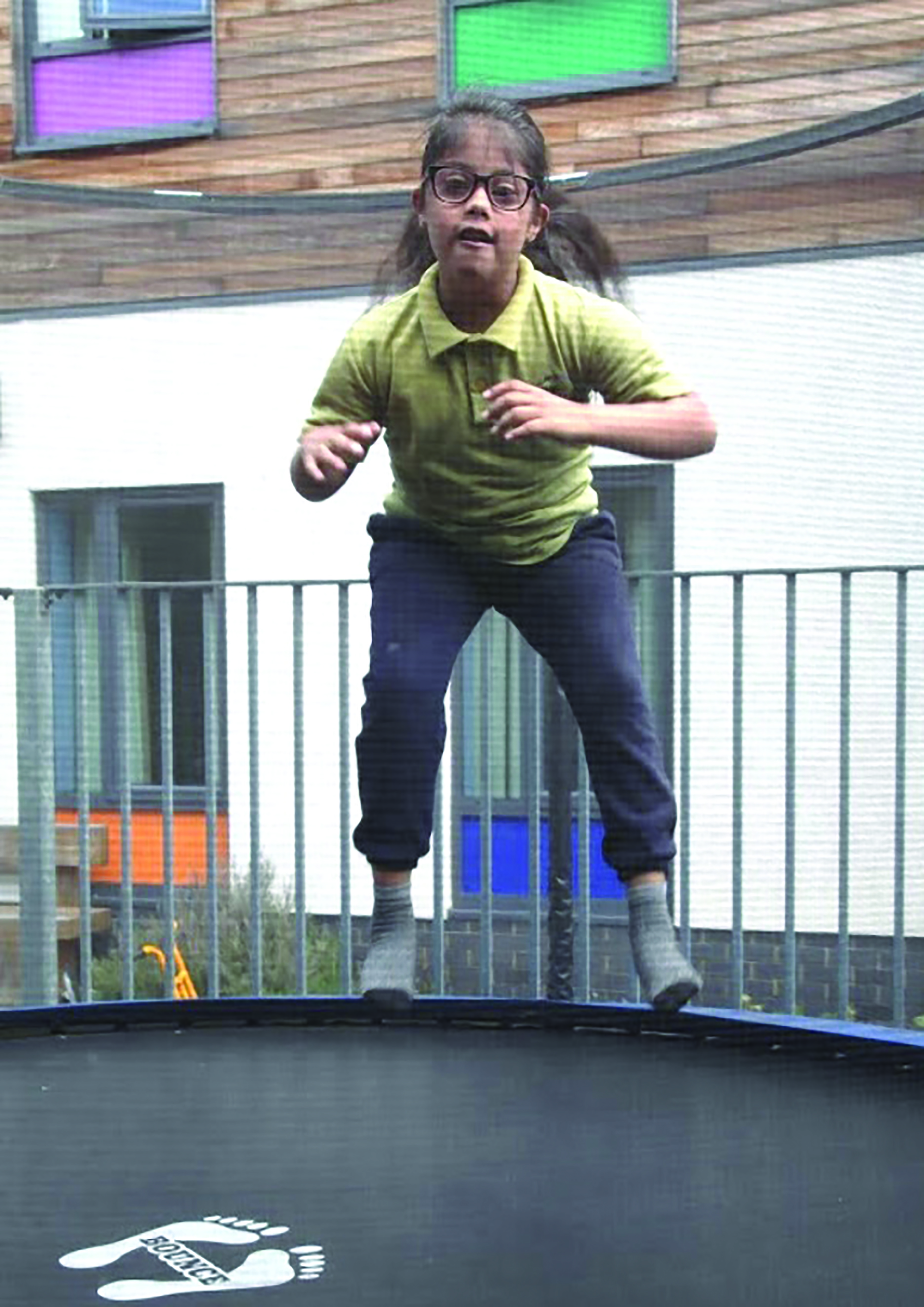 Figure 3: Advice on spectacle use for specific activities will support both adaptation
Figure 3: Advice on spectacle use for specific activities will support both adaptation
For autistic children, building spectacles into a routine can be key, for example embedding a strategy such as ‘I clean my teeth, I put on my spectacles’. This approach will always apply, even if the spectacles are initially tolerated only for a matter of seconds. Gradually increasing wear every day will eventually lead to adaption in most cases, after which time the child will not tolerate lack of correction. Wearing the spectacles while active and distracted is encouraged, as is use while the vestibular system is engaged. This may speed adaptive processes.
It is also worth giving specific advice to families and carers that spectacles use should be maintained when active. Too often spectacles may be put away for outside play or when swimming, activities when the child may most need a correction to cope.
Therefore, parents need to fully understand the benefits to their child’s vision of spectacle correction. Demonstrating the blur their child experiences in a trial frame can help. Adapting to using hearing aids as well as spectacles is another sensory challenge for some children with learning disabilities (figure 4).
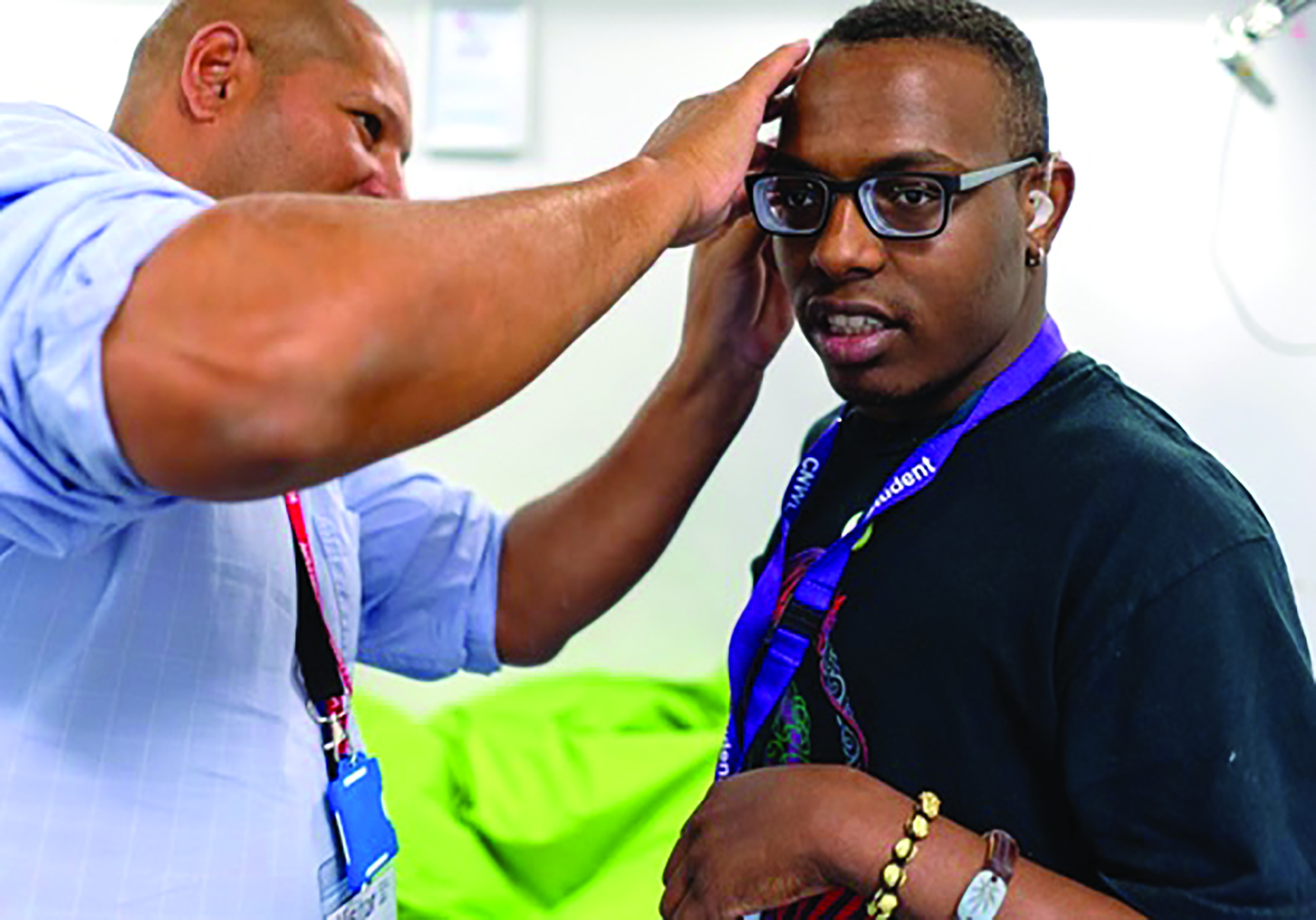 Figure 4: It may be necessary to fit spectacles to sit comfortably with a hearing aid
Figure 4: It may be necessary to fit spectacles to sit comfortably with a hearing aid
Using a multi-sensory, whole body approach to adaptation to spectacles will enable a child to understand their new view of the world better. Short, consistent and frequent presentation of spectacles helps children become more familiar and adjust to wearing their spectacles while engaged in a wide variety of movement-based activities.
Our visual system develops through our interactions with our environment. Moving towards and away from objects enables the development of depth perception and understanding the space we are in. Such sensory integration creates an internal map, an inner ‘compass’ of our position and orientation within a larger environment. It is essential that children be given the chance to develop a new view of the world when they get new spectacles. They need to move around, reach for objects and play while wearing their spectacles to help develop a new, sharper and more accurate internal compass. Using high motivation activities, environments and toys on a daily basis with access to their spectacles is essential to support a child to integrate their vestibular and visual systems. A positive shift in independence and communication skills result with such adaptation, and visual improvement is facilitated by the correction of refractive error.
For children where there are tactile sensitivity issues, adaptation to spectacles can be particularly challenging. As well as there being a need to adapt to the changed visual perception, the tactile sensation of spectacles on the face may not be tolerated. These children will often present with a history of intolerance to touch and/or a need for ‘pressure touch’, such as the use of weighted blankets or massage. You may be told that there is a particular resistance to touching the face and an intolerance of items such as hats, sunspecs or toothbrushes. In such cases, the use of a therapy brush or pressure massage of the nose prior to putting on spectacles may be used and advice from an occupation therapist (OT) may be sought. It may also be possible, or indeed necessary, to integrate spectacles adaption into a therapy programme being undertaken by a child’s occupational therapist, such as sensory integration therapy.
Written report writing
Good communication of clinical findings is critical to a child achieving optimal visual performance. A plain English written report is recommended at the end of the examination for every child with a learning disability. A template to communicate ocular and visual findings ‘Results of my child’s eye test’ can be downloaded from the SeeAbility website (www.seeability.org/eye-care-factsheets). It is key that information is put into understandable language and that clear advice and strategies are provided (figure 5).
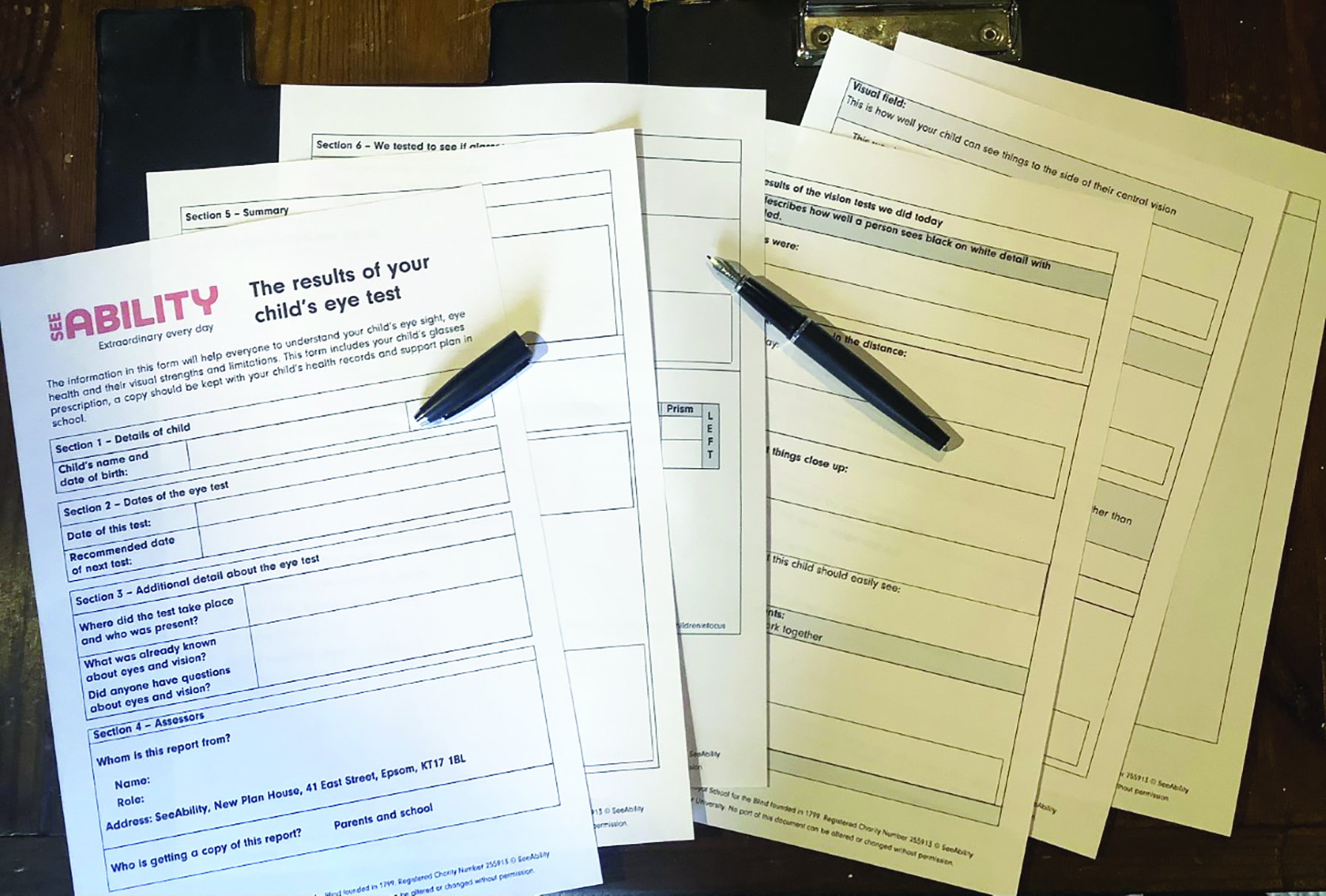 Figure 5: ‘Results of your child’s eye test’ form
Figure 5: ‘Results of your child’s eye test’ form
Ulster University has an excellent resource (www.ulster.ac.uk/research/topic/biomedical-sciences/research/optometry-and-vision-science-research-group/vision-resources) with downloadable examples of font size to illustrate vision/visual acuity levels, all of which might usefully be included with the report (figure 6). Advice on position in the classroom, position of visual tasks, such as toys, books and food, should be given for children with a field defect, nystagmus with a null point or eye movement control problems.
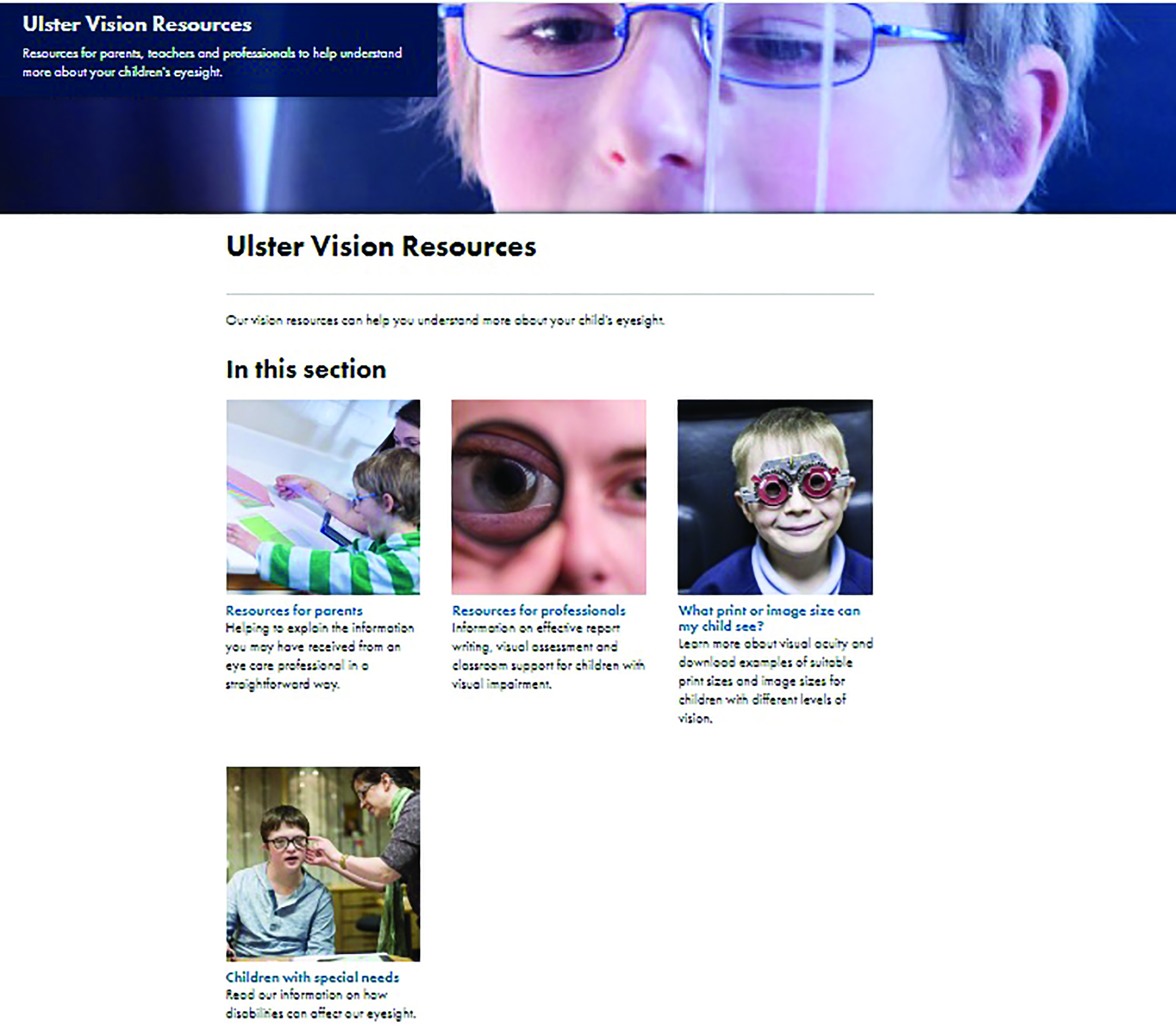 Figure 6: Useful resources for eye care professionals available from Ulster University
Figure 6: Useful resources for eye care professionals available from Ulster University
The report should be shared with family, carers and in the case of significant findings, these should be flagged for inclusion in a child’s care plan. For the different regions of the UK, these are:
- Education Health and Care Plan in England
- Individual Development Plan in Wales
- Co-ordinated Support Plan in Scotland
- Statement of Educational Special Needs in Northern Ireland.
Where you feel a child may benefit, ensure information is shared with other members of the team around the child. A community or school-based paediatrician often co-ordinates care for children with complex needs and so should be kept informed.
Collaborating with the multi-disciplinary team
Children attending special schools and colleges will usually have complex or high care needs. As a result, they have a multi-disciplinary team of people around them involved in their care. These may include:
- Teachers and teaching assistants
- Qualified teachers of the visual impaired (QTVIs)
- Teachers of the deaf (QTDs)
- Teachers for multi-sensory impairment (QTMSIs)
- Habilitation officers
- Speech and language therapists (SaLTs)
- Physiotherapists
- Occupational therapists (OTs)
- School nurses
- Paediatricians
- Social workers
Alongside the professionals are the child’s parents and carers who, it must always be remembered, will also hold expert knowledge about their child.
Multidisciplinary management is pivotal for the care of children with learning disabilities. Prioritising an understanding of visual function to inform all sensory, motor and communication strategies is key to successful habilitation and rehabilitation to maximize development and learning.
QTVIs and QTMSIs
Working in community practice, many eye care professionals may not have come across the qualified teacher for the visual impaired (QTVI). Their role involves supporting children with visual impairment within schools and liaising with other health and educational professionals in the community. Teachers for multi-sensory impairment (QTMSIs) support children where visual impairment is not the only sensory impairment they have. The provision of tailored support and adaption strategies from QTVIs and QTMSIs is pivotal to each child’s development and educational attainment.
The QTVI is essential to ensure outcomes of the eye examination are translated into tailored support for each child according to their eye care needs and so helping to support their learning, development and communication. Indeed, involvement of the QTVI is testament to the vital benefits of conducting eye examinations in special schools, where ophthalmic findings can be directly translated and applied to the habilitation strategies and learning outcomes teachers and therapists will be developing for each child. Such adaptations include modified teaching and learning resources in print, audio or tactile formats.
Working closely with other professionals, such as teachers, teaching assistants and therapists is central to the QTVI’s work. Within the special schools’ eye care programme, the optometrist, dispensing optician and QTVI triad is key to integrating ophthalmic findings into an optimal support plan. The support plan can then be shared with different therapists to ensure effective communication, habilitation or rehabilitation strategies are put in place.
It is also a key responsibility of the QTVI to support children with learning disability and visual problems through transition into both further education settings and independent adulthood.
Habilitation officer
Habilitation officers work with a child with significant visual impairment to support daily living skills in the same way as a rehabilitation officer would work with someone who has acquired visual impairment. They need to understand a child’s functional visual abilities and limitations to put the most appropriate strategies in place.
Physiotherapists and occupational therapists
People with learning disability take longer in learning certain skills than others and therefore need more assistance in several aspects of their lives. Moreover, children with learning disability are at higher risk of injuries more than the general population. This is especially true of those with cerebral palsy (CP), which is associated with a high prevalence of visual problems.8,9 A full 75% of children with CP will have some degree of ocular or visual deficiency, with around 10% having severe visual impairment.11 Additionally, a severe physical disability can have a profound effect on the development of functional vision. Specialist physiotherapists play a vital role in both understanding and supporting a child’s visual needs, in conjunction with their broader therapy needs.1,13
Disseminating information about functional vision to occupational therapists is also key to support the development and engagement of children with learning disabilities. Their interventions and treatments help children with physical, cognitive and sensory difficulties to find ways to engage with their everyday activities. Vision proves to be fundamental to inform these interventions and, in turn, movement-based activities support the adaptation process of wearing any refractive correction and enable a child to develop sensory and motor integration.
An understanding of a child’s field defect or null point of nystagmus proves to be game-changing when positioning a wheelchair head rest and developing mobility therapy programs (figure 7). The role of both physiotherapists and occupational therapists is fundamental to support habilitation and rehabilitation strategies for children with learning disabilities.
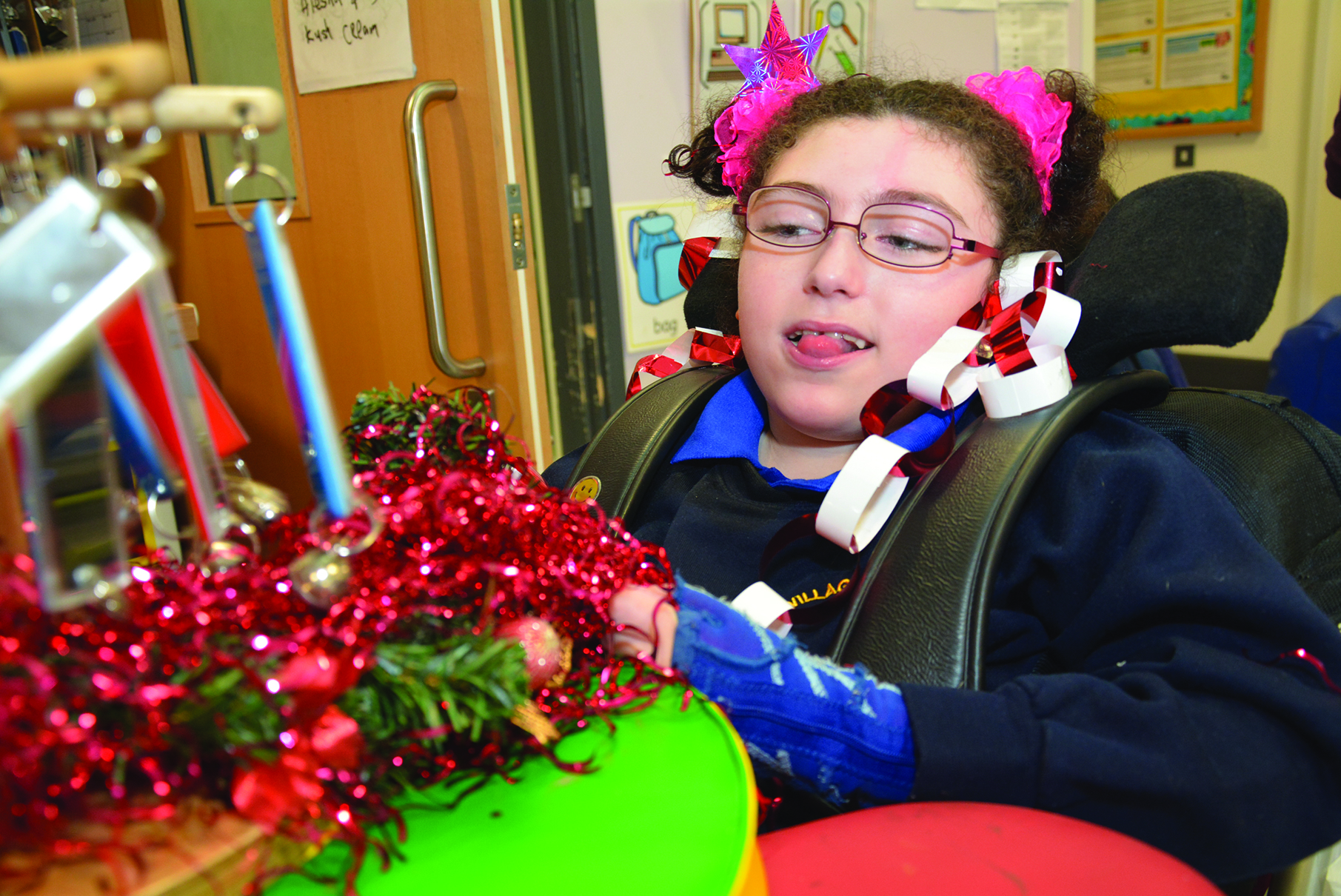 Figure 7: An understanding of a child’s field defect or null point of nystagmus may be game-changing when positioning a wheelchair head rest
Figure 7: An understanding of a child’s field defect or null point of nystagmus may be game-changing when positioning a wheelchair head rest
Speech and language therapist (SaLT)
Information sharing between an eye care professional and a speech and language therapist (SaLT) to understand a child’s communication needs is key to both successful assessment and to ensuring effective interventions to improve communication. Visual acuity levels inform the font size required for symbols and pictures on a communication passport. The Picture Exchange Communication System (PECS) is often adopted as an alternative for children with communicative, physical and cognitive needs (figure 8).
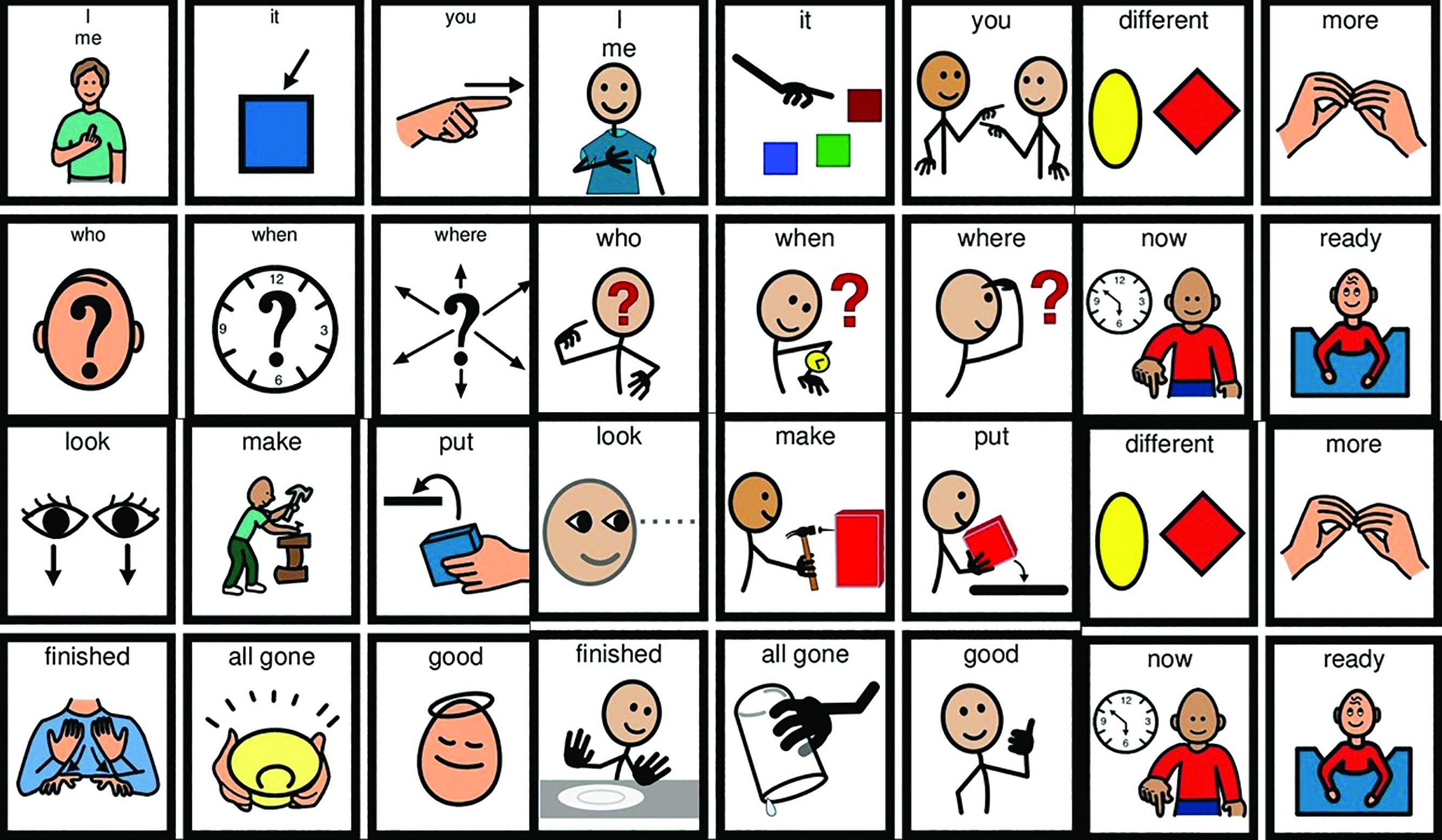 Figure 8: Example images from a Picture Exchange Communication System
Figure 8: Example images from a Picture Exchange Communication System
Findings from the eye examination about the level of functional vision are important influences upon the guidance and training the SaLT gives to the teachers and teaching assistant. Information of visual status thus proves key to effective communication strategies, which in turn ensure the child is aware and reassured by their teacher’s instructions. By using a combination of picture, graphic symbols and signs, Makaton is also useful as a communication channel. Knowledge of any field defects and nystagmus, including null points, is essential to a SaLT in developing effective strategies for all professionals, carers and parents to communicate with a child.
Gaze-based assistive technology
Gaze-based assistive technology (figures 9 and 10) allows the user to operate a laptop, computer or speech-generating device using movements of their eyes. Children with profound and multiple disabilities (PMLD) including severe physical impairments frequently also lack the ability to speak. Severe motor impairment is often associated with cognitive impairment. Commonly these children are diagnosed as having cerebral palsy,8 do not have control over their body movements and are therefore dependent on assistance in all activities including communication.8,9 Eye movements may be the only movements they can control voluntarily. For that reason, assistive technology (AT) based on a computer controlled by their eyes (gaze-based AT) may be the only option for operating a computer.10
 Figure 9: An example of a gaze-based assistive technology system
Figure 9: An example of a gaze-based assistive technology system
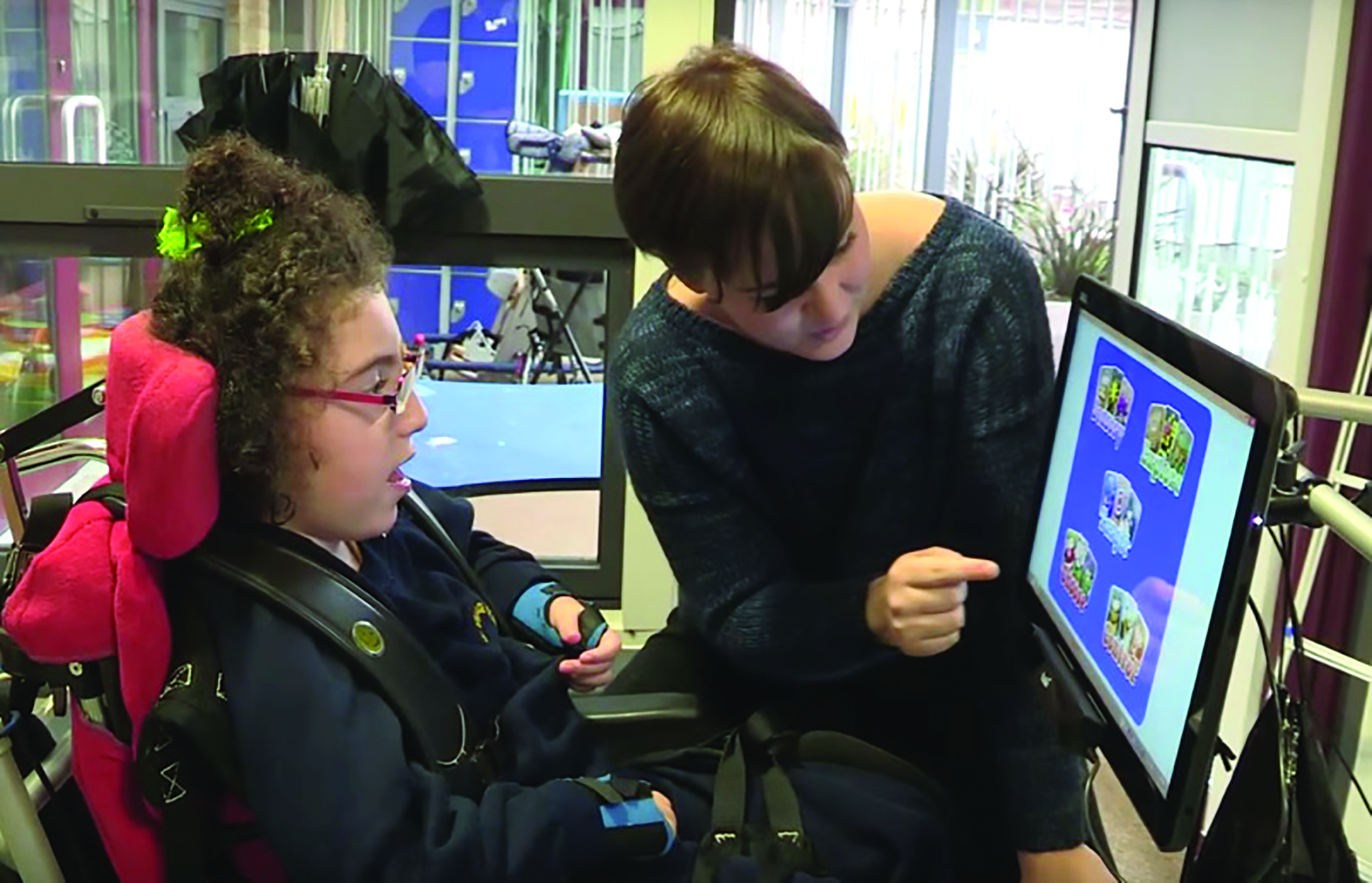 Figure 10: Using gaze based assistive technology in the school environment
Figure 10: Using gaze based assistive technology in the school environment
Typically, children may be assessed for use of this technology by a SaLT who will assess whether the child is able to use it, both cognitively and visually. It is vital that the therapist understands a child’s visual abilities to ensure that the technology is used appropriately. In the author’s experience, children can be assessed as cognitively unable to use eye tracking technology when the introduction of a simple correction of refractive error would allow them to do so. The technology relies on tracking the corneal reflexes, so refractive correction (including appropriate management and understanding of accommodative weakness and any strabismus, nystagmus or muscle palsies) must be explained to the prescribing therapist. If there is a strabismus, then it may be necessary to calibrate the software using the dominant eye only. The need for use of any prescribed refractive correction when calibrating and using a device for this purpose must be stressed. Surface lens reflections and/or thick/highly reflective frames can interfere with the pupil reflex tracking and so MAR coatings are recommended.
Eye tracking assistive technology (gaze-based AT) has the potential to provide children affected by severe physical impairments with new opportunities for communication and activity. Importantly, children improve in eye gaze performance over time by training their gaze-control skills through regular use of such assistive technology. Such findings highlight the importance of successful adaptation to daily spectacle wear to correct any refractive error.
Additionally, assisted technology has been found to benefit children with strabismus, and of all ages even as young as one-year-old. A recommendation is therefore that young children, as well as children with strabismus, should have the opportunity to try gaze-based technology when needed and available.
Referral to ophthalmology
While spectacle correction and dissemination of functional visual abilities to all carers and health and education professionals are key elements of primary prevention and eye health provision, effective use of efficient and appropriate referral pathways for further ophthalmological management are also vitally important. There are a number of clinical scenarios where the optometrist may wish to seek an ophthalmologist’s opinion. These may include the following examples:
- The management of strabismus
- To confirm a suspected ocular diagnosis
- For treatment of conditions such as keratoconus or cataract
- For sight impairment/severe sight impairment certification
- For further investigations into possible cerebral visual impairment
When considering referral, the child’s family should be consulted and supported to understand the need for attendance. Good links with secondary care and the sharing of visual assessment and refractive findings may limit the need for long multi-professional appointments in secondary care and possibly enable a teleconsultation, for example when discussing the possible benefit of cosmetic strabismus surgery.
Poor uptake of hospital eye care and non-attendance at appointments is known to be a factor influencing the inequality for children identified with significant visual needs.14 With the introduction of the Special Schools Eye Care service, an effective primary eye care service for children with learning disabilities, and provision and support with, spectacles, will undoubtedly address significant inequities for these children. Robust referral letters, good communication channels between optometry, orthoptics and ophthalmology and supporting parents with onward referral cannot be understated.
Developing Management Strategies for Children with CVI
As discussed in parts one and two in this series, children with profound and multiple disabilities often have some degree of CVI. This can be investigated using questionnaires such as those produced by Ulster University17,18 which generate tailored strategies to support the child appropriately. It may be that the QTVI and optometrist collaborate to investigate each child’s CVI and develop an appropriate support strategy.
CVI may lead to absent, poor or inconsistent visual awareness. This may be reduced by removing visual and auditory ‘clutter’. Surrounding a child with little or no apparent visual function with a single-coloured light source can ‘switch on’ a child’s visual system and elicit some degree of visual perception and behavioural response. Such behaviours include turning towards or responding to a visual stimulus, but also may include cessation of self-stimulation behaviours.
The use of a coloured tent provides this single stimuli and uncluttered space for many children with limited visual perceptual function (figure 11). Providing a single colour environment surrounding the child, within a translucent tent eliminates the effect of visual crowding, eliminating surrounding patterns and thereby reducing visual and auditory clutter and enables the child to develop visual attention, visual localisation, and in some cases visual recognition.15 The feasibility and success of coloured tent interventions are a new and developmental area of management to elicit visual responses and some functional vision in children with CVI. These interventions may be used by QTVIs or possibly OTs in the school setting. The optometrist may be well placed to advise which children may benefit, for example those with no vision impairing ocular pathology.
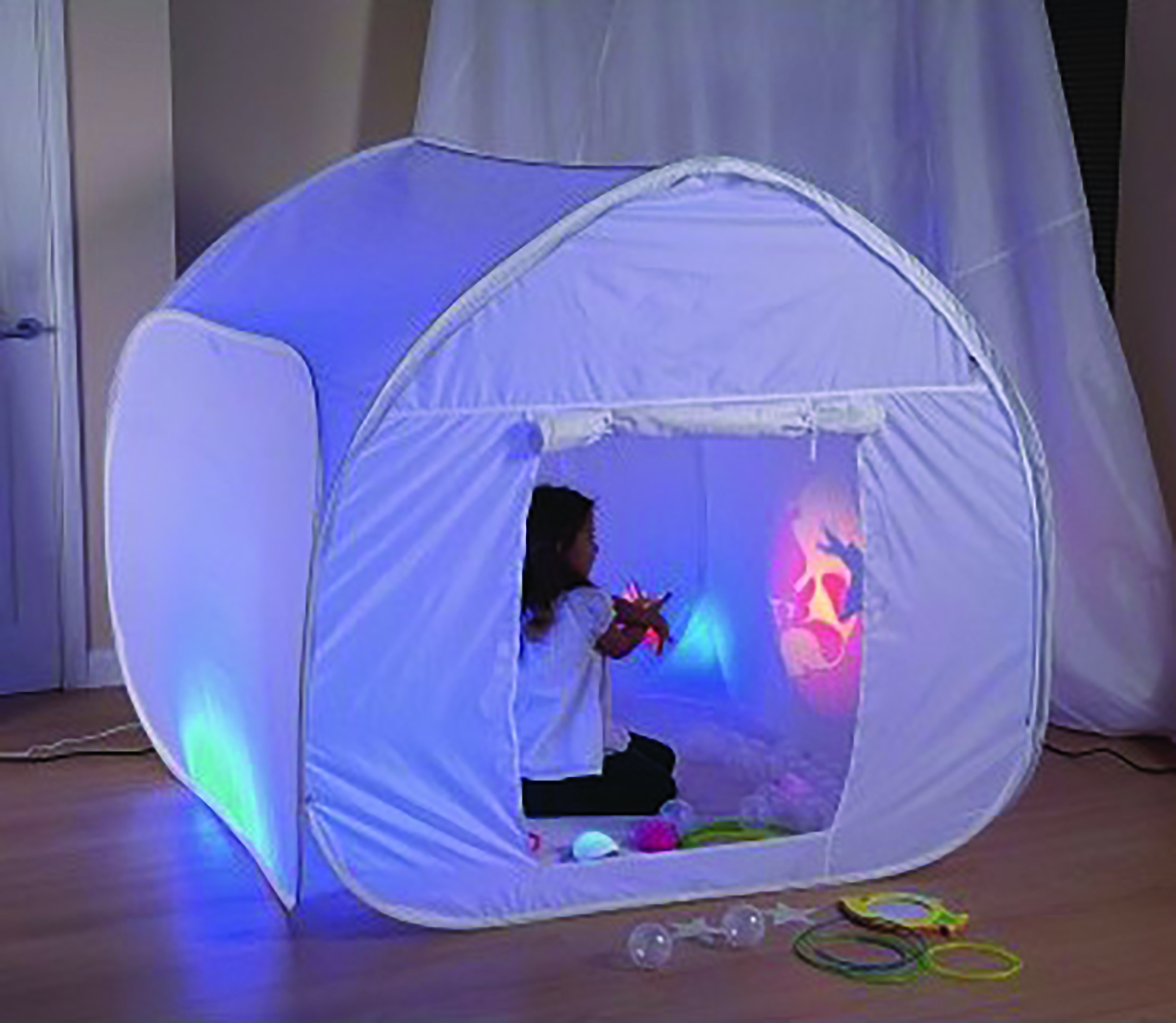 Figure 11: A sensory tent is helpful in assessing children with CVI
Figure 11: A sensory tent is helpful in assessing children with CVI
Conclusion
With NHS England’s pledge to ensure regular and tailored eye care is accessible to the special school population of approximately 120,000 children, primary prevention measures will begin to address the current significant inequity in the provision of eye care to this group. While detection of visual problems among such a high-risk group is pivotally important, it is only effective if intervention strategies that address, correct and treat visual deficiencies are successfully implemented. The dissemination of a child’s functional vision to a multidisciplinary team of professionals and carers, together with insight of the impact of visual deficiencies on development and behaviour, underpin the success of effective management strategies, as well as onward referral for often sight saving treatment and certification as visually impaired. Access to such multidisciplinary support and rehabilitation ensures vision is central to all different types of sensory and motor integration and in turn to a child’s development, learning and engagement.
Sonal Rughani is a specialist public health optometrist and works with SeeAbility as well as acting as a specialist optometrist for the RNIB in London. Lisa Donaldson is clinical lead for SeeAbility’s Special Schools Service, and primary care clinical lead for NHS England’s Special Schools Eye Care Programme, Visiting Lecturer at City, University of London and University of Hertfordshire.
Useful Resources
- Results of your child’s eye test [Internet]. [cited 2020 Jul 30]. Available from: https://www.seeability.org/Handlers/Download.ashx?IDMF=ce0d677d-c1a8-46fe-840b-429f75c43b89
- Ulster University Vision Resources CVI Strategies for 9-12 year olds [last accessed 01/02/2021] https://www.ulster.ac.uk/__data/assets/pdf_file/0008/168245/cvi-strategies-at-school-9-12yrs.pdf
- Ulster University Vision Resources CVI Strategies for 4-8 year olds [last accessed 01/02/2021] https://www.ulster.ac.uk/__data/assets/pdf_file/0020/168221/cvi-strategies-at-home-4-8yrs.pdf
References
- Emerson E, Robertson J. The Estimated Prevalence of Visual Impairment among People with Learning Disabilities in the UK. RNIB SeeAbility. 2011;35. Available from: www.rnib.org.uk/aboutus/Research/reports/2011/Learn_dis_small_res.pdf
- Hashemi H, Fotouhi A, Yekta A, Pakzad R, Ostadimoghaddam H, Khabazkhoob M. Global and regional estimates of prevalence of refractive errors: Systematic review and meta-analysis. Journal of Current Ophthalmology, 2017;30(1):3-22
- Donaldson, Lisa A. Karas M WM. Findings from an opt-in eye examination service in English special schools. Is vision screening effective for this population? PLoS One. 2019;14(3).
- Morgan IG, French AN, Ashby RS, Guo X, Ding X, He M, et al. The epidemics of myopia: Aetiology and prevention. Progress in Retinal and Eye Research. 2018 Jan; 62: 134-149
- Kielinen M, Rantala H, Timonen E, Linna SL, Moilanen I. Associated medical disorders and disabilities in children with autistic disorder: a population-based study. Autism, 2004;8(1):49
- Behrmann M, Thomas C, Humphreys K. Seeing it differently: visual processing in autism. Vol. 10, Trends in Cognitive Sciences. 2006. p. 258–64.
- Banai K, Nicol T, Zecker SG, Kraus N. Brainstem timing: Implications for cortical processing and literacy. J Neurosci. 2005;
- Cans C. Surveillance of cerebral palsy in Europe: A collaboration of cerebral palsy surveys and registers. Dev Med Child Neurol. 2000;
- Østensjø S, Carlberg EB, Vøllestad NK. The use and impact of assistive devices and other environmental modifications on everyday activities and care in young children with cerebral palsy. Disabil Rehabil. 2005;
- Majaranta P, Donegan M. Introduction to gaze interaction. In: Gaze Interaction and Applications of Eye Tracking: Advances in Assistive Technologies. 2011.
- Ghasia F, Brunstrom J, Gordon M, Tychsen L. Frequency and severity of visual sensory and motor Deficits in children with cerebral palsy: Gross motor function classification scale. Investig Ophthalmol Vis Sci. 2008;49(2):572–80.
- Visual impairment and physiotherapy The best of both: working together to support children with visual impairment and additional complex needs. Available at; www.rnib.org.uk/sites/default/files/VI_and_speech_therapy.pdf
- The Role of the Physiotherapist in Learning Disabilities: Communication and Health Literacy – Physiopedia. Available from: www.physio-pedia.com/The_Role_of_the_Physiotherapist_in_Learning_Disabilities:_Communication_and_Health_Literacy
- Pilling RF, Outhwaite L. Are all children with visual impairment known to the eye clinic? British Journal of Ophthalmology. 2017 Apr;101(4):472–4
- Pilling RF, Little SM. Evaluation of the role of the colour tent in vision stimulation for children with complex disabilities and cerebral visual impairment: A feasibility study. British Journal of Visual Impairment. 2020;38(1):104-114
